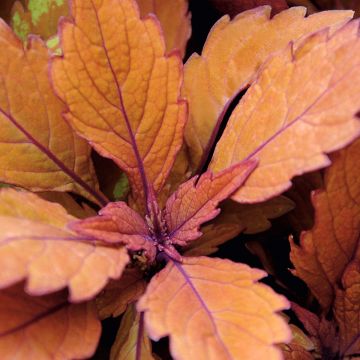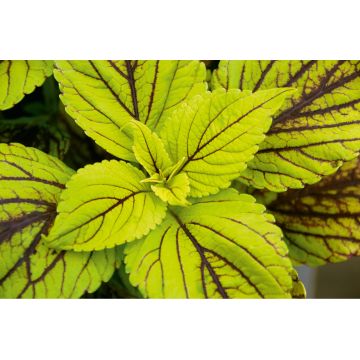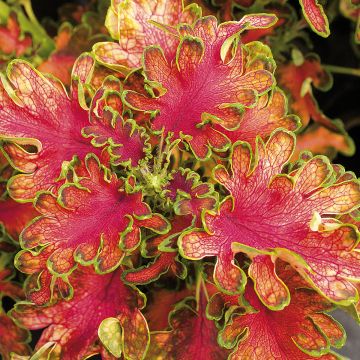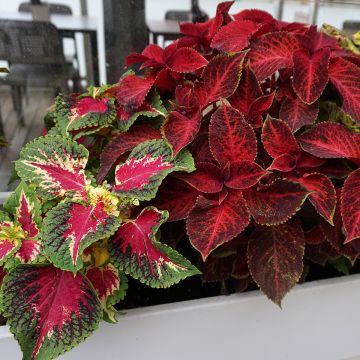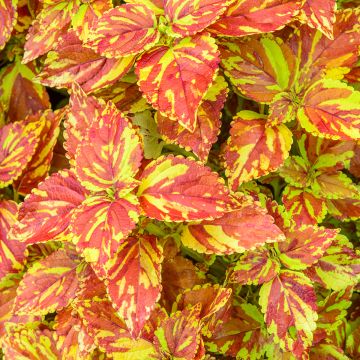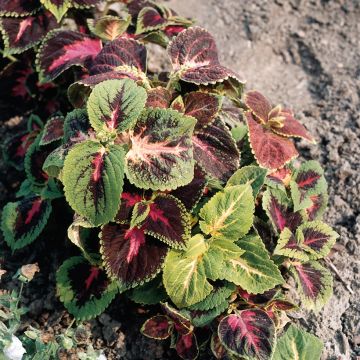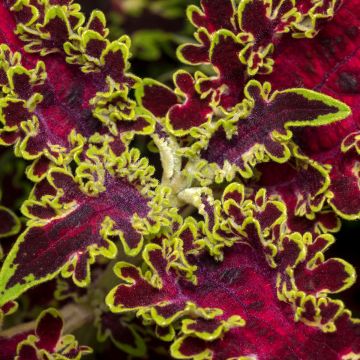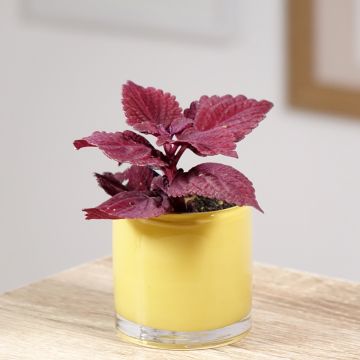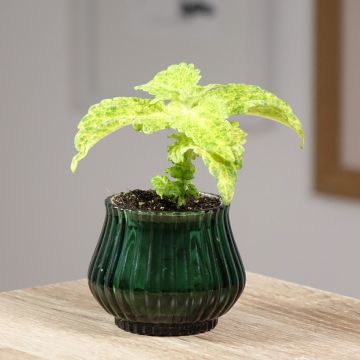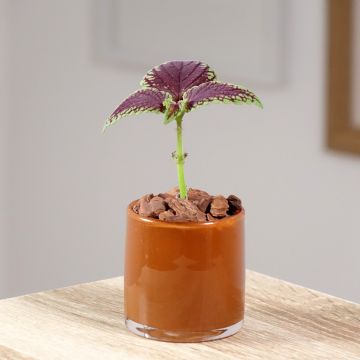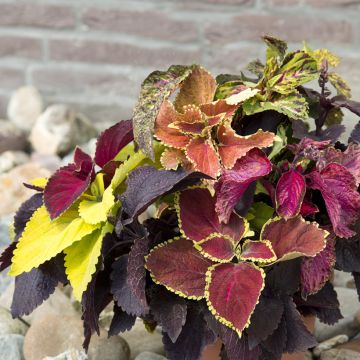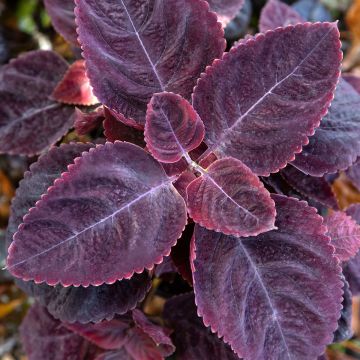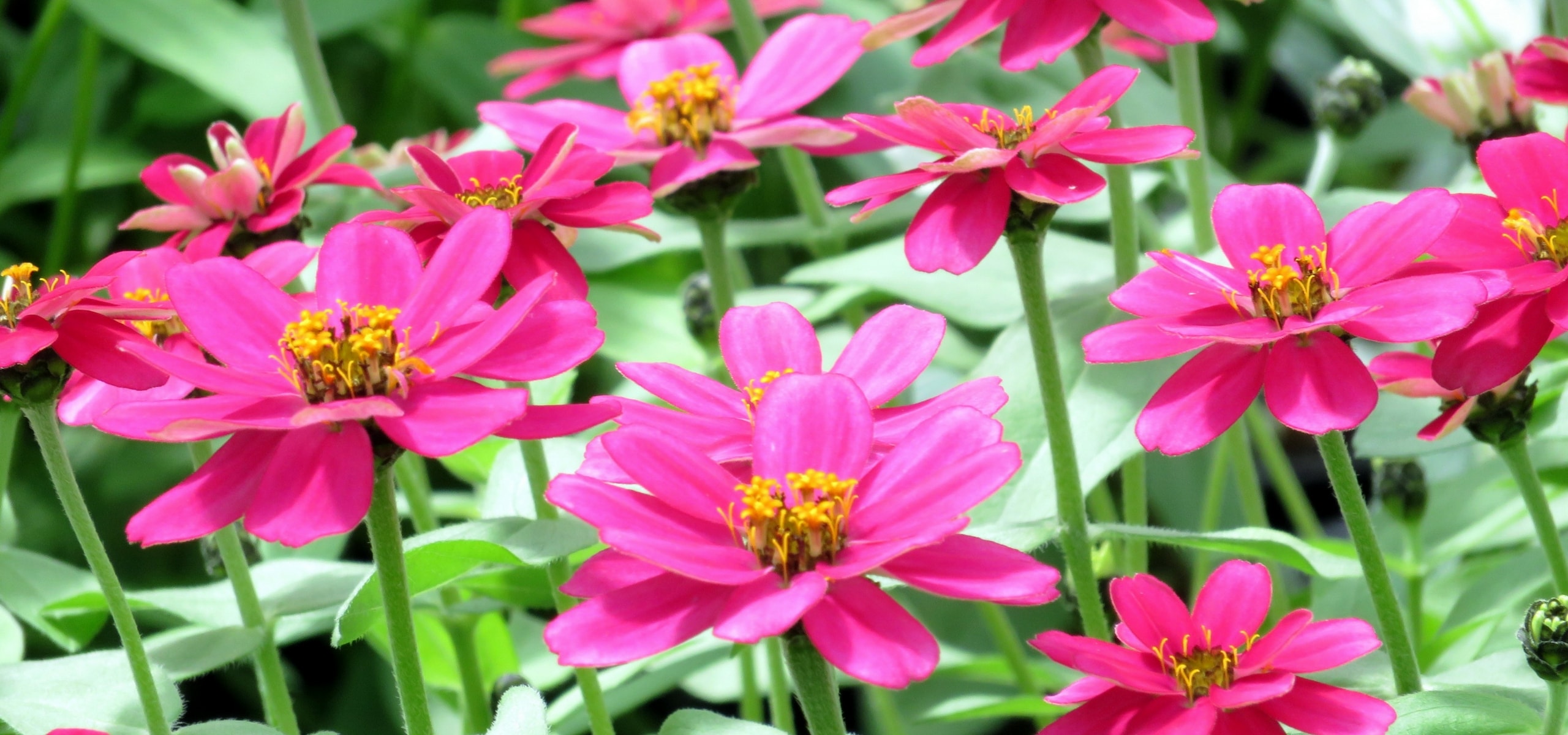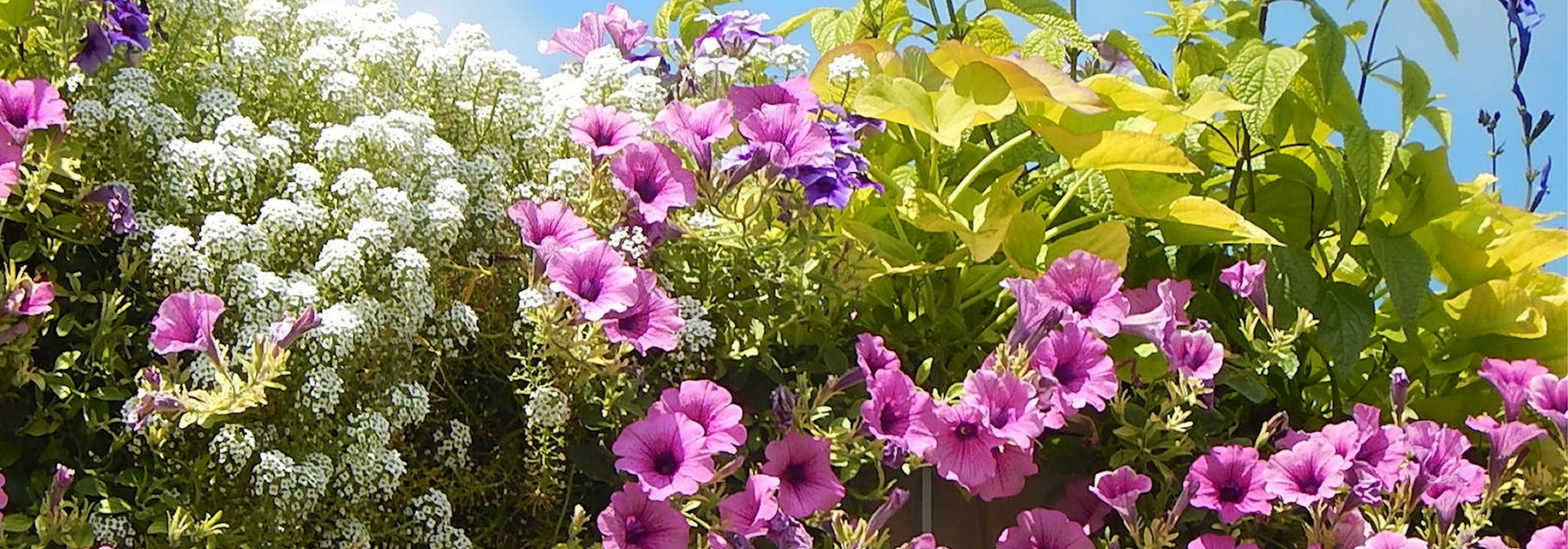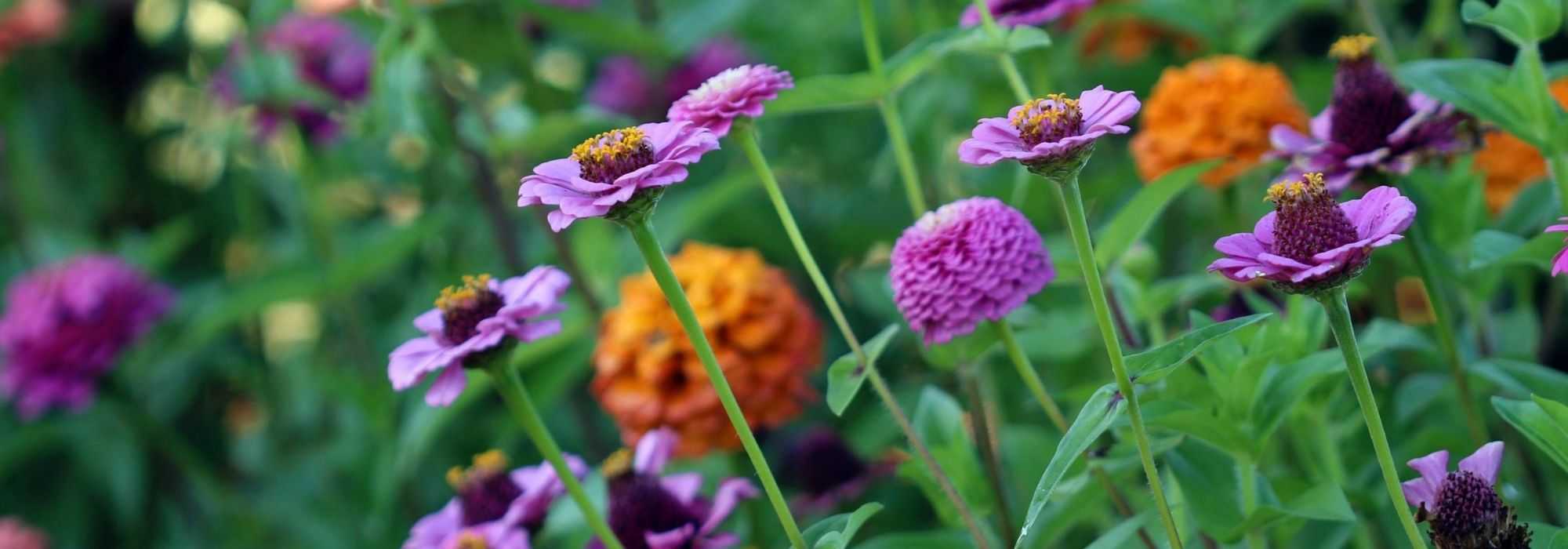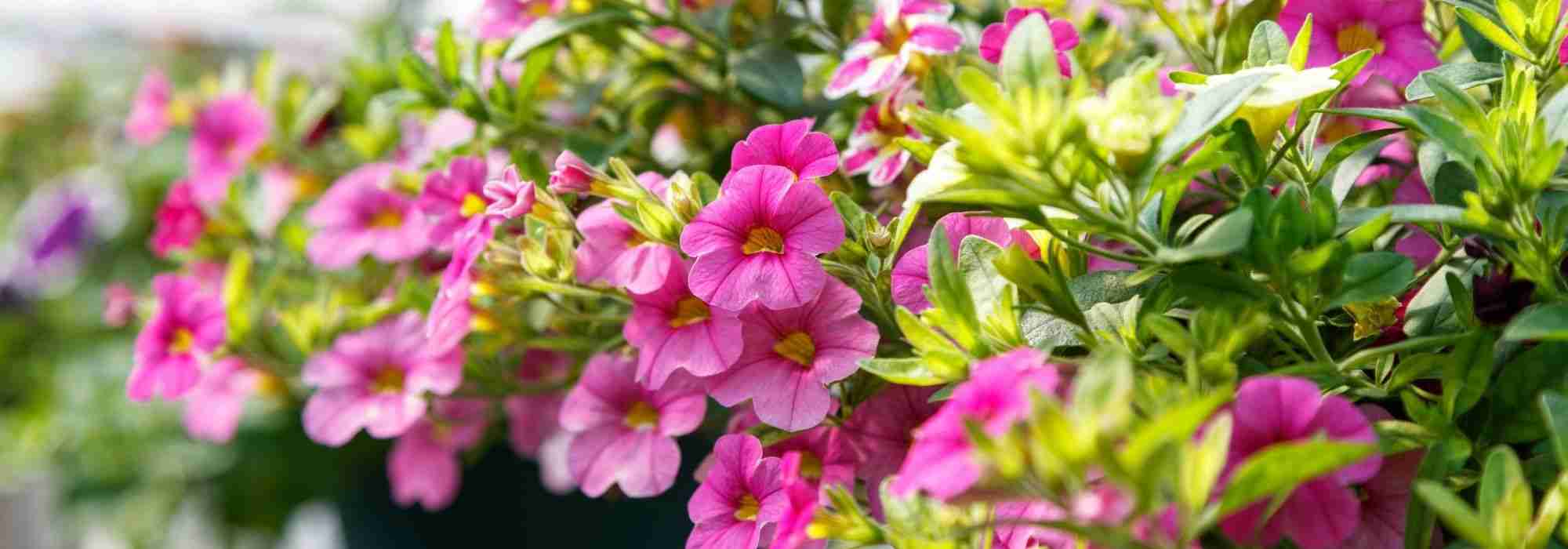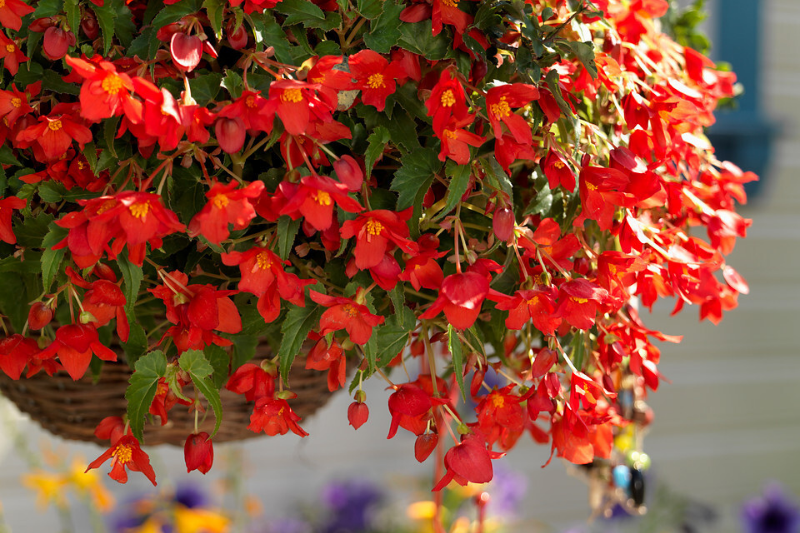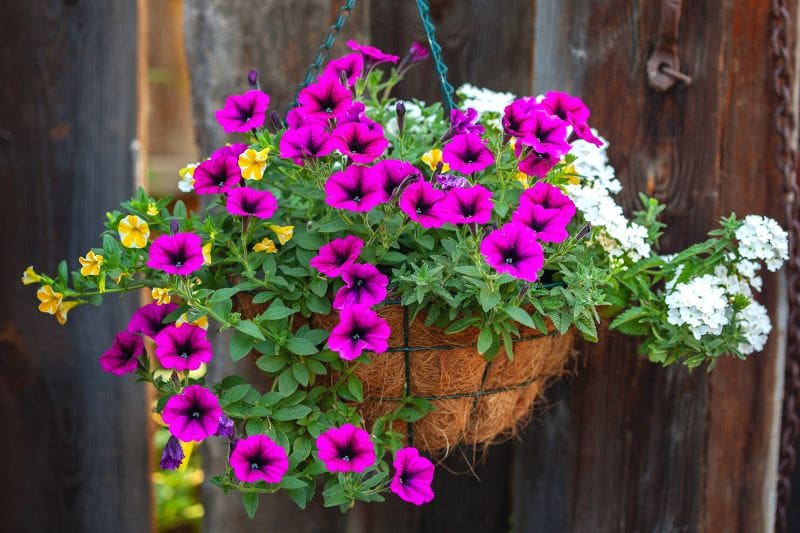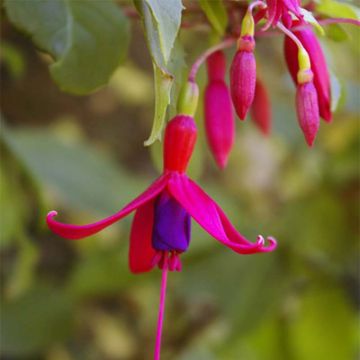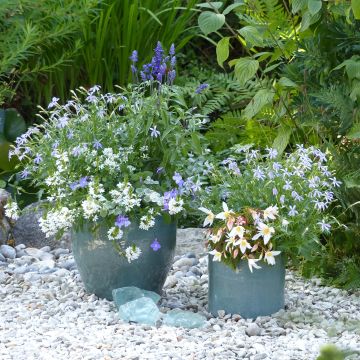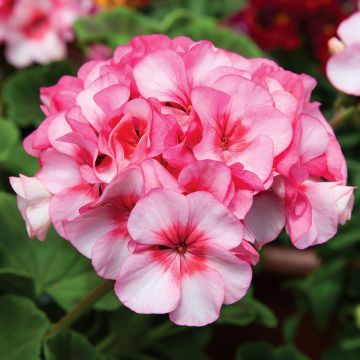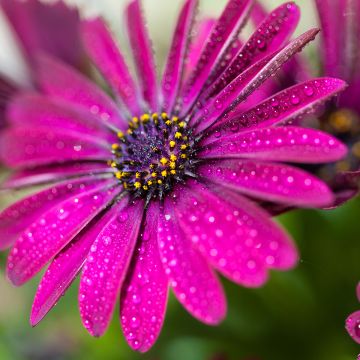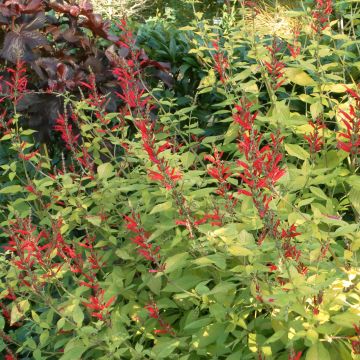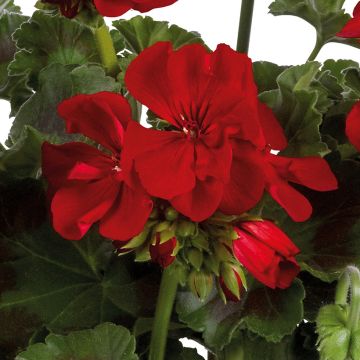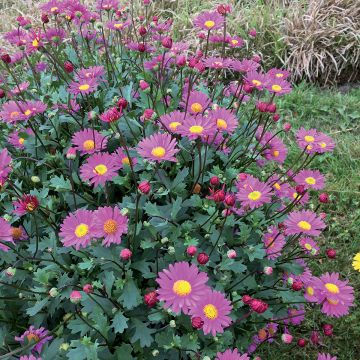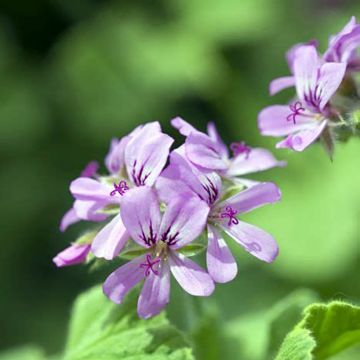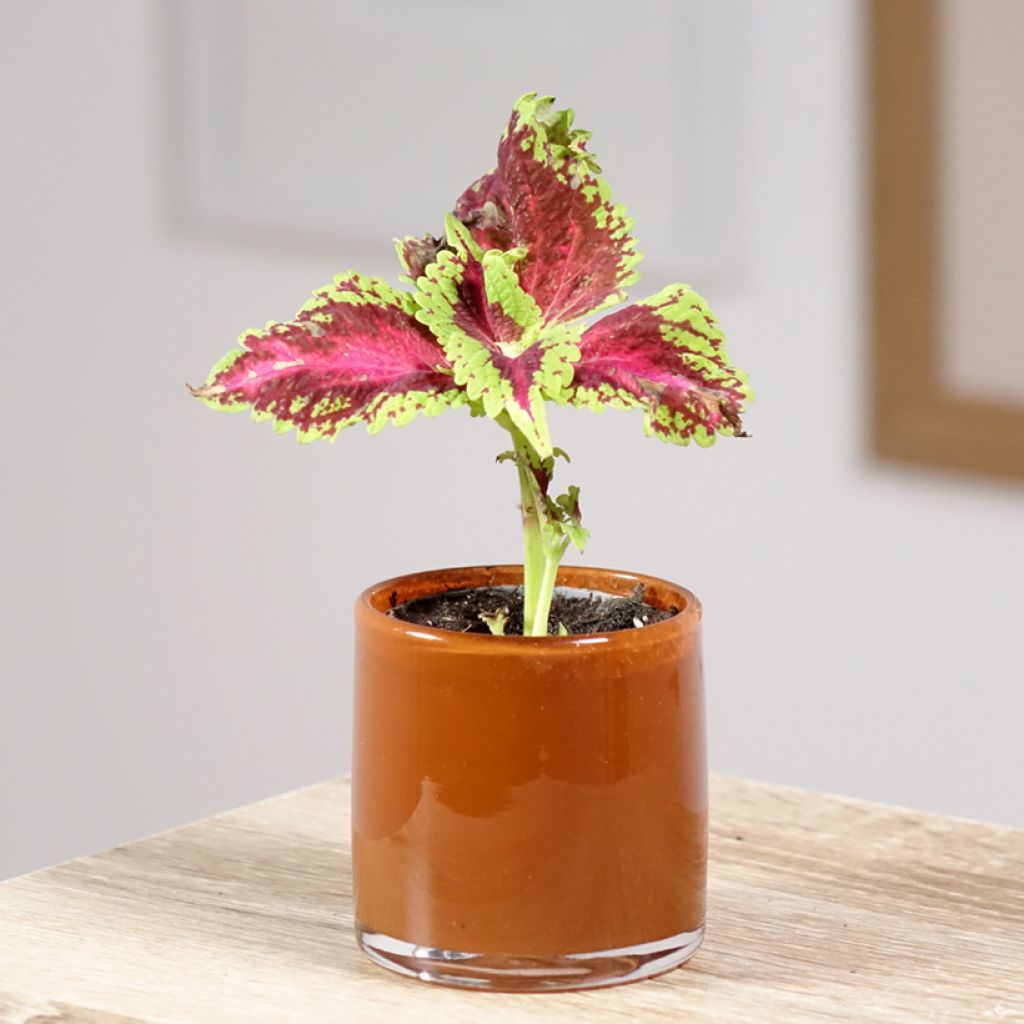

Coleus scutellarioides Le Freak - Painted nettle
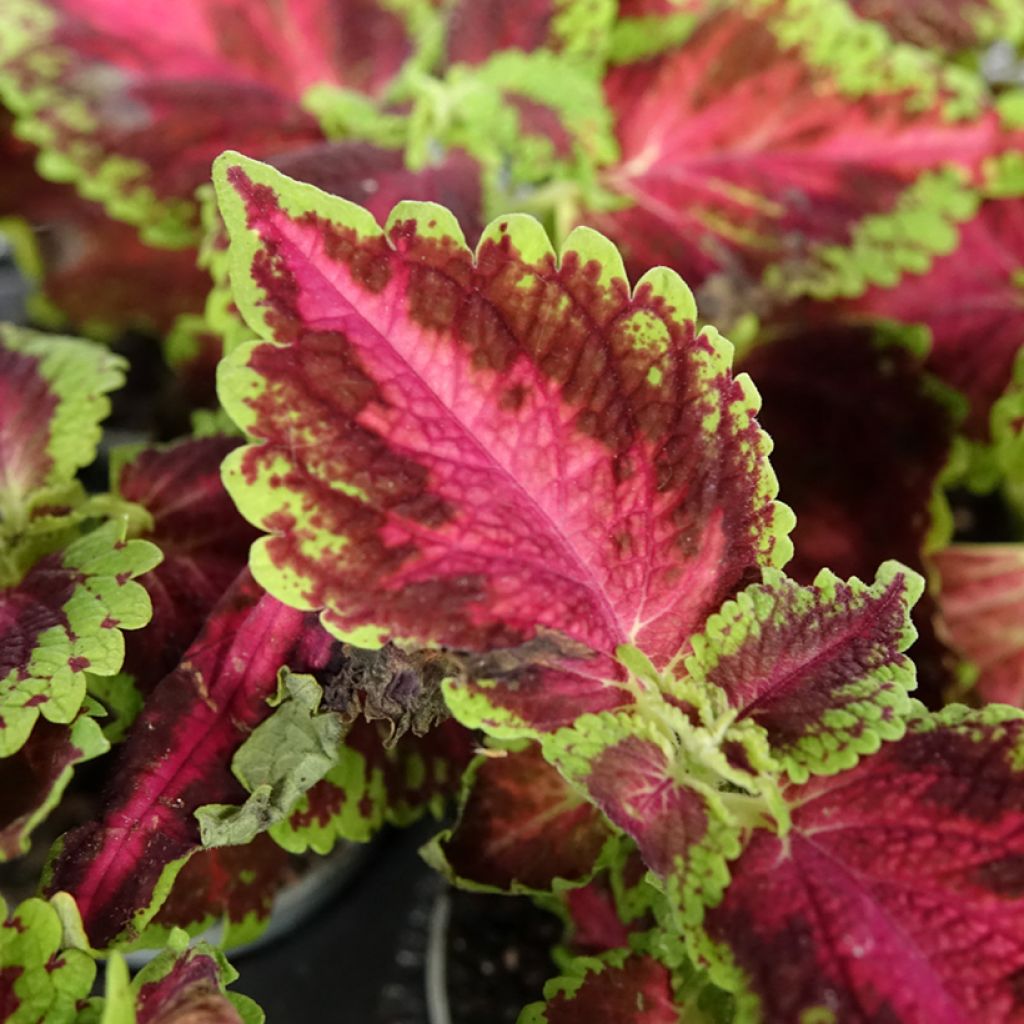

Coleus scutellarioides Le Freak - Painted nettle
Coleus scutellarioides Le Freak - Painted nettle
Coleus scutellarioides Le Freak
Painted nettle
Special offer!
Receive a €20 voucher for any order over €90 (excluding delivery costs, credit notes, and plastic-free options)!
1- Add your favorite plants to your cart.
2- Once you have reached €90, confirm your order (you can even choose the delivery date!).
3- As soon as your order is shipped, you will receive an email containing your voucher code, valid for 3 months (90 days).
Your voucher is unique and can only be used once, for any order with a minimum value of €20, excluding delivery costs.
Can be combined with other current offers, non-divisible and non-refundable.
Why not try an alternative variety in stock?
View all →This plant carries a 30 days recovery warranty
More information
We guarantee the quality of our plants for a full growing cycle, and will replace at our expense any plant that fails to recover under normal climatic and planting conditions.
Description
The Coleus 'Le Freak' (Plectranthus scutellarioides) boasts a particularly decorative foliage and is is easy to grow indoors. Its richly deep red and lime green coloured leaves add a beautiful splash of colour that contrasts with many green plants commonly found in homes. Easy to care for, the coleus thrives in bright light without direct sunlight and requires regular watering to keep its substrate moist. It will make a striking statement in your living room or conservatory.
The Coleus scutellarioides 'Le Freak' belongs to the Lamiaceae family. This cultivar was developed by the grower Dümmen Orange (Netherlands) as part of the 'Main Street' series. This tender perennial is often grown as an annual in borders or even indoors. It has a bushy and compact habit, reaching a height of 30 to 50 cm with a similar spread. Its quadrangular, semi-succulent stems bear elongated, finely serrated leaves displaying shades of burgundy to deep purple edged with a zesty green that verges on yellow. The velvety texture of its foliage adds a tactile dimension to its visual appeal. Though rare indoors, flowering produces small tubular flowers in pale blue to lilac, clustered in terminal inflorescences. The name 'Le Freak' likely references the unique and exuberant appearance of its foliage, which boasts a bold and unconventional aesthetic.
Native to the tropical forests of Southeast Asia, particularly Malaysia and Indonesia, the wild Coleus scutellarioides species also known by the synonyms Plectranthus scutellarioides, Solenostemon scutellarioides, and Coleus blumei, thrives in humid and shaded environments. Indoors, it prefers bright, indirect light, moderate to high ambient humidity, and an ideal temperature between 15 and 25°C. A rich, well-draining substrate is recommended, with regular watering to keep the soil slightly moist, especially during the growth period. Regularly pinching out the stem tips will encourages denser, more compact growth.
Warning - The coleus contains compounds that can be toxic if ingested.
The Coleus 'Le Freak' is a true decorative asset for brightening up a living room, conservatory, or even a modern kitchen. With its vibrant foliage, it fits perfectly into baroque, tropical, or contemporary styles. Place it in a stylish textured ceramic or rattan planter to highlight its personality. This plant loves indirect light, so position it near an east- or west-facing window, away from direct sunlight. It looks stunning on a shelf, console table, or even in a hanging basket where it can be admired. Pair 'Le Freak' with other cultivars featuring contrasting foliage, such as the Coleus 'Copinto Margarita' with its bright green leaves, or the Coleus 'Flame Thrower Salsa Roja' which showcases stunning deep red tones.
Report an error about the product description
Coleus scutellarioides Le Freak - Painted nettle in pictures


Foliage
Plant habit
Flowering
Botanical data
Coleus
scutellarioides
Le Freak
Lamiaceae
Painted nettle
Cultivar or hybrid
Safety measures
Other Coleus
View all →Location
Location
Maintenance and care
Watering tips
Potting advice, substrates and fertilisers
Houseplant care
Disease and pest advice
Maintenance and care
Planting & care advice
This item has not been reviewed yet - be the first to leave a review about it.
Similar products
Haven't found what you were looking for?
Hardiness is the lowest winter temperature a plant can endure without suffering serious damage or even dying. However, hardiness is affected by location (a sheltered area, such as a patio), protection (winter cover) and soil type (hardiness is improved by well-drained soil).

Photo Sharing Terms & Conditions
In order to encourage gardeners to interact and share their experiences, Promesse de fleurs offers various media enabling content to be uploaded onto its Site - in particular via the ‘Photo sharing’ module.
The User agrees to refrain from:
- Posting any content that is illegal, prejudicial, insulting, racist, inciteful to hatred, revisionist, contrary to public decency, that infringes on privacy or on the privacy rights of third parties, in particular the publicity rights of persons and goods, intellectual property rights, or the right to privacy.
- Submitting content on behalf of a third party;
- Impersonate the identity of a third party and/or publish any personal information about a third party;
In general, the User undertakes to refrain from any unethical behaviour.
All Content (in particular text, comments, files, images, photos, videos, creative works, etc.), which may be subject to property or intellectual property rights, image or other private rights, shall remain the property of the User, subject to the limited rights granted by the terms of the licence granted by Promesse de fleurs as stated below. Users are at liberty to publish or not to publish such Content on the Site, notably via the ‘Photo Sharing’ facility, and accept that this Content shall be made public and freely accessible, notably on the Internet.
Users further acknowledge, undertake to have ,and guarantee that they hold all necessary rights and permissions to publish such material on the Site, in particular with regard to the legislation in force pertaining to any privacy, property, intellectual property, image, or contractual rights, or rights of any other nature. By publishing such Content on the Site, Users acknowledge accepting full liability as publishers of the Content within the meaning of the law, and grant Promesse de fleurs, free of charge, an inclusive, worldwide licence for the said Content for the entire duration of its publication, including all reproduction, representation, up/downloading, displaying, performing, transmission, and storage rights.
Users also grant permission for their name to be linked to the Content and accept that this link may not always be made available.
By engaging in posting material, Users consent to their Content becoming automatically accessible on the Internet, in particular on other sites and/or blogs and/or web pages of the Promesse de fleurs site, including in particular social pages and the Promesse de fleurs catalogue.
Users may secure the removal of entrusted content free of charge by issuing a simple request via our contact form.
The flowering period indicated on our website applies to countries and regions located in USDA zone 8 (France, the United Kingdom, Ireland, the Netherlands, etc.)
It will vary according to where you live:
- In zones 9 to 10 (Italy, Spain, Greece, etc.), flowering will occur about 2 to 4 weeks earlier.
- In zones 6 to 7 (Germany, Poland, Slovenia, and lower mountainous regions), flowering will be delayed by 2 to 3 weeks.
- In zone 5 (Central Europe, Scandinavia), blooming will be delayed by 3 to 5 weeks.
In temperate climates, pruning of spring-flowering shrubs (forsythia, spireas, etc.) should be done just after flowering.
Pruning of summer-flowering shrubs (Indian Lilac, Perovskia, etc.) can be done in winter or spring.
In cold regions as well as with frost-sensitive plants, avoid pruning too early when severe frosts may still occur.
The planting period indicated on our website applies to countries and regions located in USDA zone 8 (France, United Kingdom, Ireland, Netherlands).
It will vary according to where you live:
- In Mediterranean zones (Marseille, Madrid, Milan, etc.), autumn and winter are the best planting periods.
- In continental zones (Strasbourg, Munich, Vienna, etc.), delay planting by 2 to 3 weeks in spring and bring it forward by 2 to 4 weeks in autumn.
- In mountainous regions (the Alps, Pyrenees, Carpathians, etc.), it is best to plant in late spring (May-June) or late summer (August-September).
The harvesting period indicated on our website applies to countries and regions in USDA zone 8 (France, England, Ireland, the Netherlands).
In colder areas (Scandinavia, Poland, Austria...) fruit and vegetable harvests are likely to be delayed by 3-4 weeks.
In warmer areas (Italy, Spain, Greece, etc.), harvesting will probably take place earlier, depending on weather conditions.
The sowing periods indicated on our website apply to countries and regions within USDA Zone 8 (France, UK, Ireland, Netherlands).
In colder areas (Scandinavia, Poland, Austria...), delay any outdoor sowing by 3-4 weeks, or sow under glass.
In warmer climes (Italy, Spain, Greece, etc.), bring outdoor sowing forward by a few weeks.






























